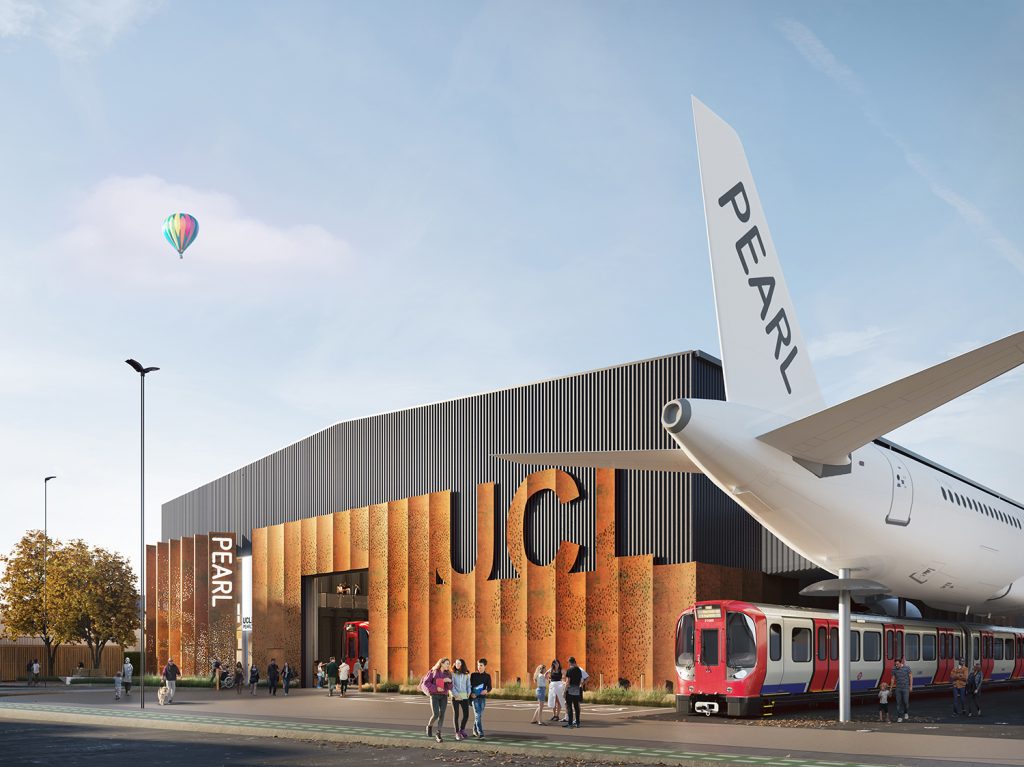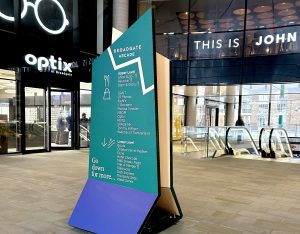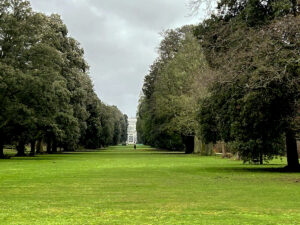To varying degrees, we’re all familiar with a need for accessibility in physical spaces. Whether it’s lifts and ramps in a train station or braille room numbers outside doors. But these are only a very minor look into what true accessibility could – and should – look like.
True accessibility is about designing spaces for anyone to navigate and experience. Finding solutions for visual, mobility, hearing, and cognitive impairments across all levels. A common oversight is cognitive impairments. It includes conditions such as dyslexia, dementia, autism, and countless others. As wayfinders, we design sites that are easy to navigate, understand, and comfortable for anyone who happens across them.
15% of the world’s population experiences disability in some form. So rather than designing spaces for almost everyone, it’s about time we actually started designing spaces for everyone.
 A recent project for UCL has allowed us to explore what complete accessibility means. PEARL (Person-Environment-Activity Research Laboratory) is set to open in 2022. The site will explore the way people interact with their environments. It’ll be a unique, reconfigurable lab that encourages local communities to engage in multi-scale research covering all aspects of access and mobility.
A recent project for UCL has allowed us to explore what complete accessibility means. PEARL (Person-Environment-Activity Research Laboratory) is set to open in 2022. The site will explore the way people interact with their environments. It’ll be a unique, reconfigurable lab that encourages local communities to engage in multi-scale research covering all aspects of access and mobility.
Built on an industrial estate in London, the location includes a plane and railway cars. Its goal is to watch how people interact with certain environments, including their reactions and stress levels.
From a wayfinding perspective, this has been a fascinating project for us. It needed to be an exemplar of wayfinding and what it could achieve. As members of the public will take part in the experiments, the location must factor in every type of accessibility issue. While all our wayfinding projects respond to these issues to some extent, for UCL Pearl, it was the sole focus.
Creating accessibility
As well as the usual accessibility design drivers such as legibility, contrast, sign positioning, and simplifying information, we looked at sensory issues. For example, the use of a tactile running track material on external paths to guide blind users to the entrance. And a tactile map of the building’s layout built into the reception desk. Large, tactile icons and words feature throughout the building to identify spaces and facilities such as toilets.
We looked at how visual noise – such as repeat patterns on floors or walls – can be challenging for some users. Using random patterns is the more viable design choice. We applied this to the window manifestations and patterns cut out of the external corten cladding and totem sign.
More so than any previous project, UCL Pearl has opened us up to a whole new world of accessibility. It’s identified a need to change our approach, building on our knowledge of accessibility and benefitting all our future projects.
It’s been rewarding to feel tested in all sorts of ways. Rather than complex navigation requirements, the site has forced us to think differently. To think about what total accessibility looks like and how we can push towards better accessibility for everyone.
If you’d like visitors to connect better with your place, get in touch to discuss how we can help, on 0161 241 3174




